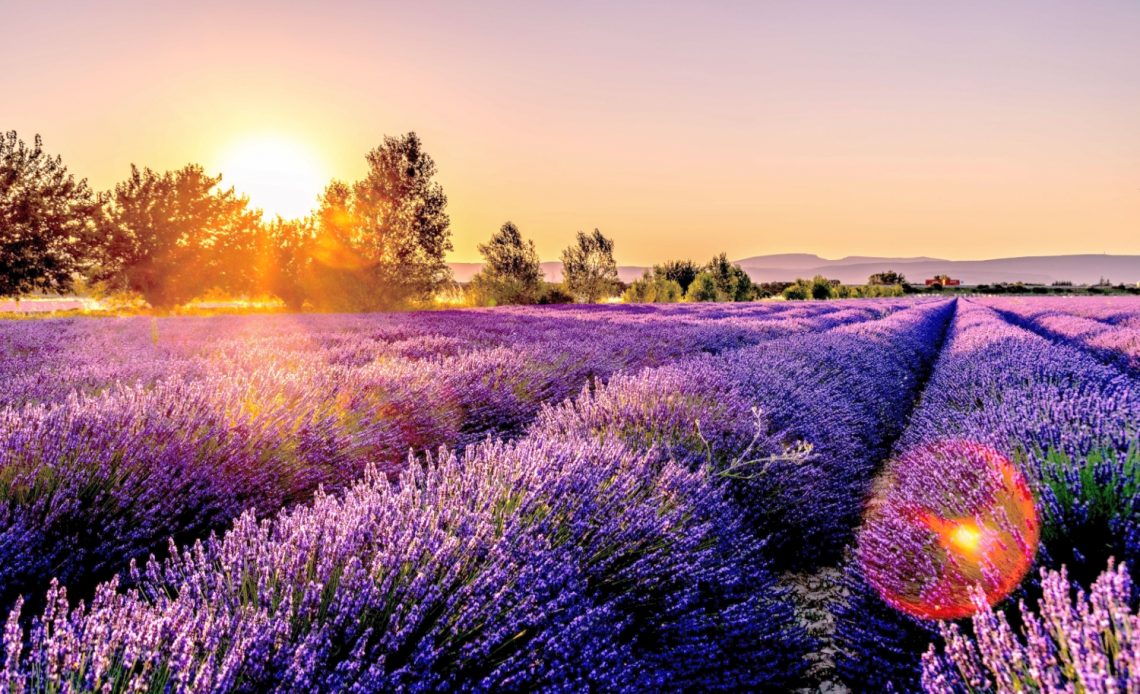

We’re here to help! Wild Yards is a completely free website that is 100% dedicated to helping you create a wildlife-friendly, sustainable yard. Read more
WildYards is reader-supported. When you buy a product through a link on our site, we may earn a comission. Every product is independently selected by our (obsessive) editors and our reviews are unbiased and objective. Read more about our mission or our privacy policy.
French lavender is a delicate flowering shrub with an informal, rustic appearance. Its iconic purple flowers pop against a backdrop of greyed-green serrated leaves that are velvety soft to the touch. There’s no doubt about it, this flower’s got good looks! But, as it turns out, it’s also incredibly useful. French lavender’s powerful fragrance makes it popular with essential oil enthusiasts, and its nectar-rich flowers can help you attract more pollinators to your garden. If you’re interested in adding French lavender to your landscape, we’re here to help you get started.
French lavender grows best in full sun when planted in sandy loam soils that drain well and have a pH ranging from 6.5 to 8.0. This drought-tolerant herb is an excellent choice for sunny landscapes, and because it’s low-maintenance, it’s ideal for gardeners who want a gorgeous backyard space, but don’t have much time to devote to their plants.
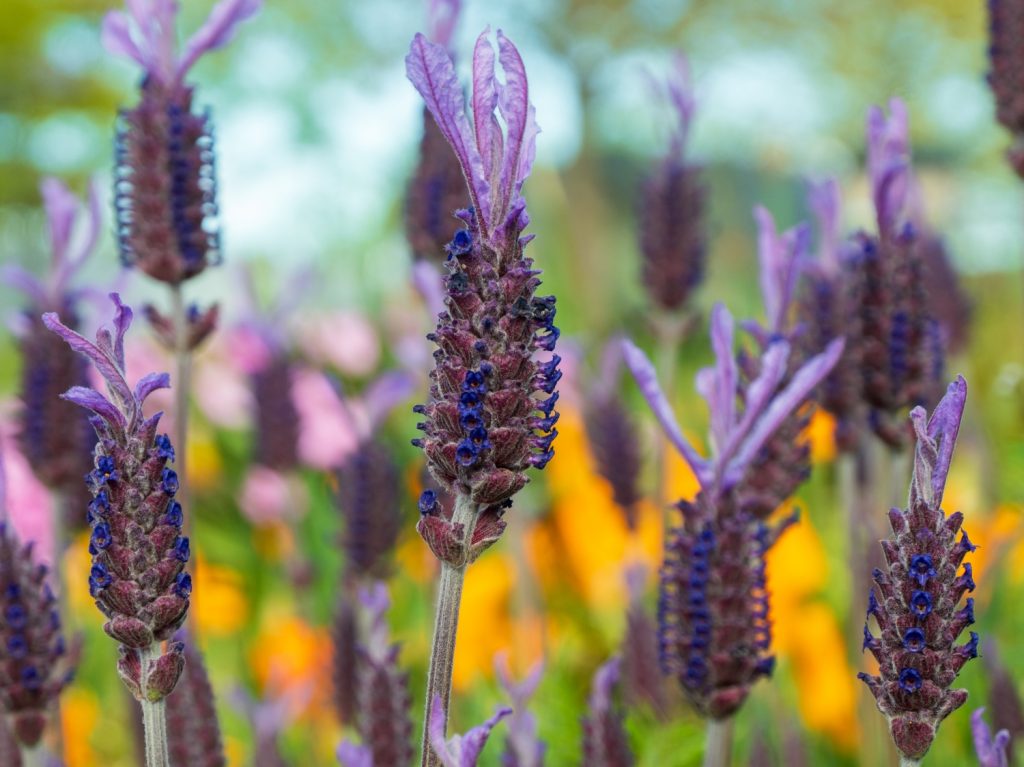
What is French lavender?
There are three types of lavender: Spanish (Lavandula stoechas), English (Lavandula augustifolia), and French (Lavandula dentata). Of these three, French lavender is perhaps the least fragrant, being more camphor-y and less sweet than Spanish and English varieties. However, what it lacks in fragrance, it makes up for in ease of maintenance. Of the three lavender types, French lavender offers the most versatility. French lavender is hardier in hot climates than English lavender and more tolerant of cold weather than Spanish lavender.
French lavender is also larger than English and Spanish varieties, making it a good choice for landscaping. The plant’s dense foliage, comprised of greyed-green serrated leaves, acts as an elegant accent to the other plants in your garden. French lavender’s aromatic foliage helps to ward off garden pests, like aphids, thrips, and spider mites. Meanwhile, the plant’s deep purple flowers, which are larger than English and Spanish varieties, easily attract the attention of bees, butterflies, hummingbirds, and other valuable pollinators.
Where does French lavender grow?
French lavender is native to the Mediterranean region, specifically the mountains of France, Italy, Portugal, and Spain. In the United States, the ideal growing zone for French lavender can vary depending on the plant’s variety. However, most French lavenders grow best in zones 7 through 9.
French lavender prefers warm, dry climates and grows best in regions with low humidity. If your ecoregion has a tendency to stay hot and humid, Spanish lavender may be a better option, as it grows best in zones 8 through 11. If your growing zone is on the cooler end of the spectrum, English lavender would be more appropriate. It’s suited to zones 5 through 9.
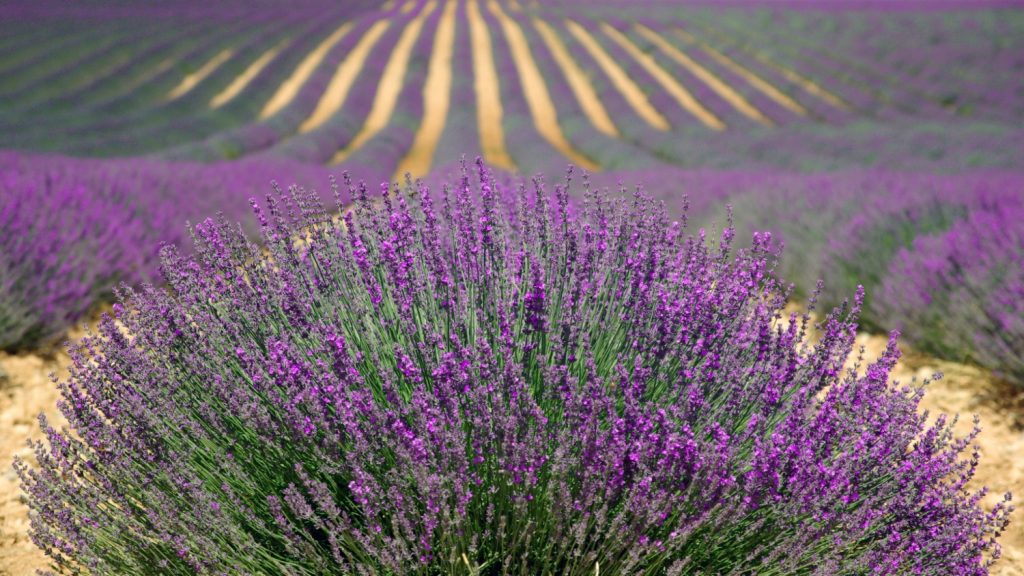
What are French lavender’s soil requirements?
French lavender is a low-maintenance shrub, but it can be picky about its soil. These plants grow best in sandy loams that contain roughly 30% decaying organic materials. The soil should be loose so the roots can get established and so excess water can run off quickly. Although French lavender can tolerate acidic soils with a pH as low as 6.5, they grow best in alkaline soils near the 8.0 mark.
French lavender will not grow in muddy, overly compacted soils, particularly if those soils have a high clay content. Their roots need plenty of loose pore space to spread out and breathe. Soils that are rich in decaying organic materials may be too fertile for French lavender’s liking, and soils that are too acidic or too alkaline should be amended to suit the plant’s needs.
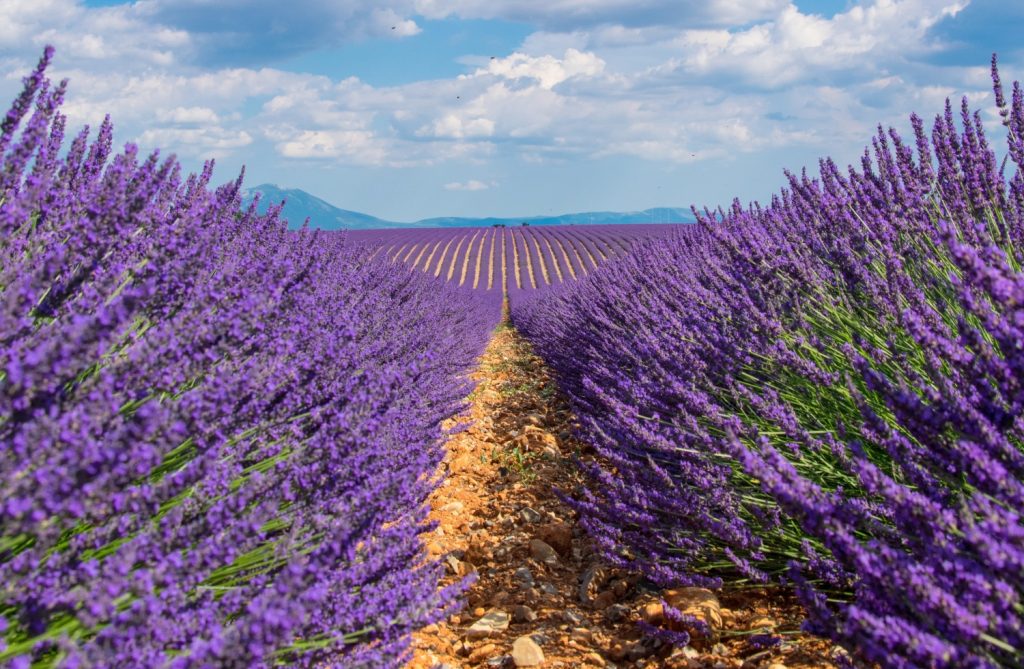
How much light does French lavender need?
Because it’s native to the Mediterranean region, French lavender likes lots of sunlight. While some varieties are more tolerant of partial shade than others, most types of French lavender need at least 6 hours of direct sunlight every day.
Direct sunlight doesn’t just help these plants photosynthesize. It also eliminates excessive moisture. Situating your French lavender in a spot where it gets full sun helps dry up any water that may be sitting on the plant’s foliage or near its roots. This plays a huge role in preventing fungal infections from setting in.
If your French lavender gets too much shade, the plant’s foliage will turn yellow and drop off. Insufficient sunlight also stunts the plant’s growth and inhibits bloom production. So making sure your French lavender gets enough sunlight is critical to its health.
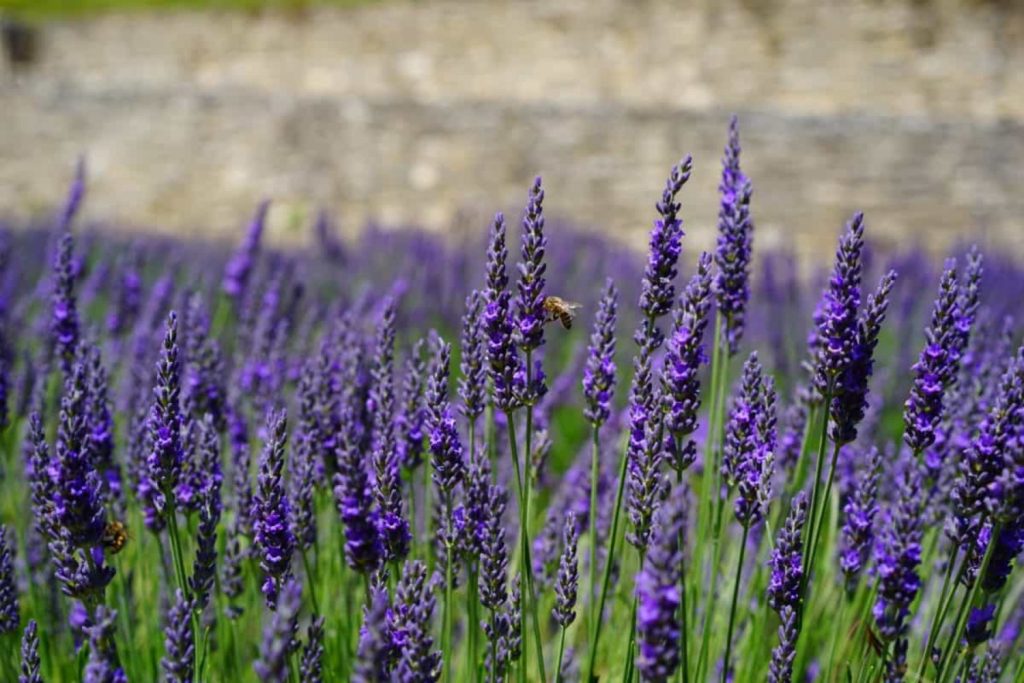
How often should you water French lavender?
A good rule of thumb is to water your French lavender once every two weeks. In many regions, local rainfall is sufficient to keep these plants happy. Always check the soil before watering. Stick your finger one to two inches into the soil. If it feels moist, wait a few days and allow it to dry out thoroughly before turning the hose on them again.
Many plants thrive in moist soils, but not French lavender. They much prefer to grow in soil that stays dry, and that can make it difficult to judge when it’s best to water them. Instead of using the touch test to determine whether your French lavender needs a good soak, mark the dates that you water it on a calendar. This will help you determine when your plant needs another drink.
(Note: always water your lavender in the morning, and only water the base of the plant.)
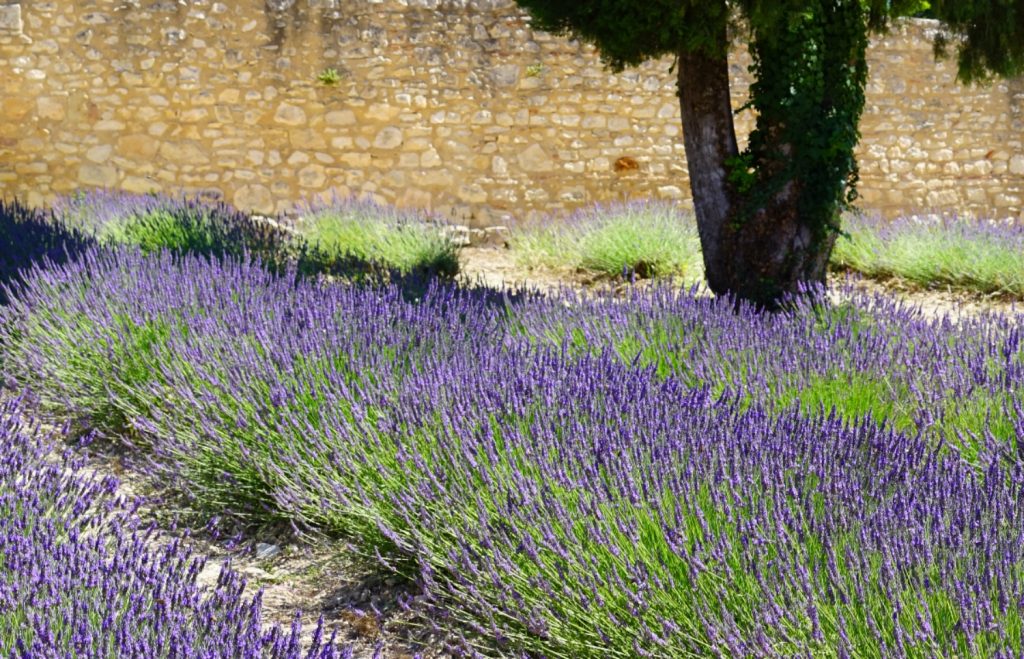
Is French lavender susceptible to disease?
French lavender is susceptible to two main diseases: root rot and powdery mildew.
When French lavender’s soil stays too wet for too long, bacteria that breed in the water infect the plant’s roots. You’ll notice yellowing foliage, flowers wilting and falling off, and a foul odor coming from the soil. These plants require root pruning and dry soil to recover.
Humid conditions are equally dangerous as they create a breeding ground for powdery mildew. This gray dust propagates on the lavender’s foliage, leading to wilting and leaf loss. Pruning infected branches and using a fungicide can help treat this condition.
When is the best time to plant French lavender?
It’s best to plant your French lavender when temperatures outside are mild, that way the plant has time to get established. Planting French lavender in the raging heat of summer can stress the young plant and kill it before it gets a chance to grow.
Plant your French lavender in the spring or fall, when the weather is warm but cools down at night. Although mature French lavender plants can go extended periods without water, young plants rely on a little bit of moisture to grow. Planting them when it’s cooler helps the soil retain the hydration young French lavender needs to take root.
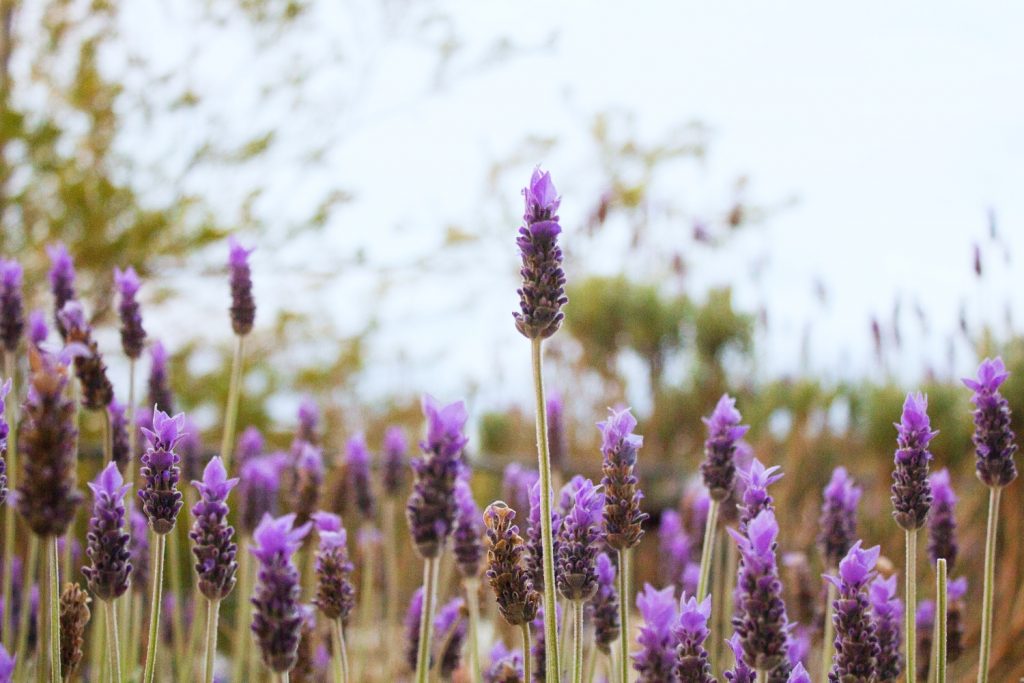
How far apart should you space your French lavender?
French lavender needs good air circulation to grow well. Placing the plants too close together compacts the foliage, reducing evaporation and increasing humidity. This makes the plants much more susceptible to fungal infections. Placing the plants too close together also makes them compete for nutrients, oxygen, and soil space, which can result in slower growth and poor performance.
For best results, space your French lavender plants two to three feet apart. This will give them plenty of air space to branch out, and plenty of soil space to grow their roots. The extra space also improves air circulation, dissipating trapped humidity quickly.
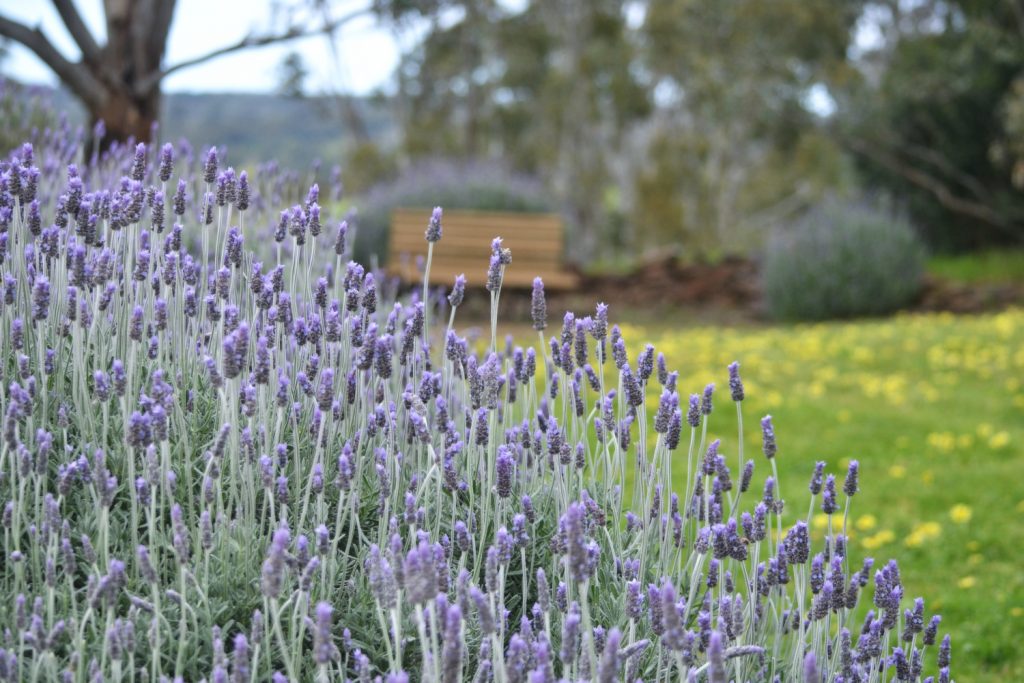
How big does French lavender get?
Of the three types of lavender, French varieties tend to grow the biggest. While Spanish lavender only reaches 1 ½-foot tall by as many feet wide, and English lavender only grows 1 to 2 feet tall and wide, French lavender can reach an impressive size of 2 to 3 feet tall and wide. If you want your lavender to make a statement, French lavender is the best choice for you!
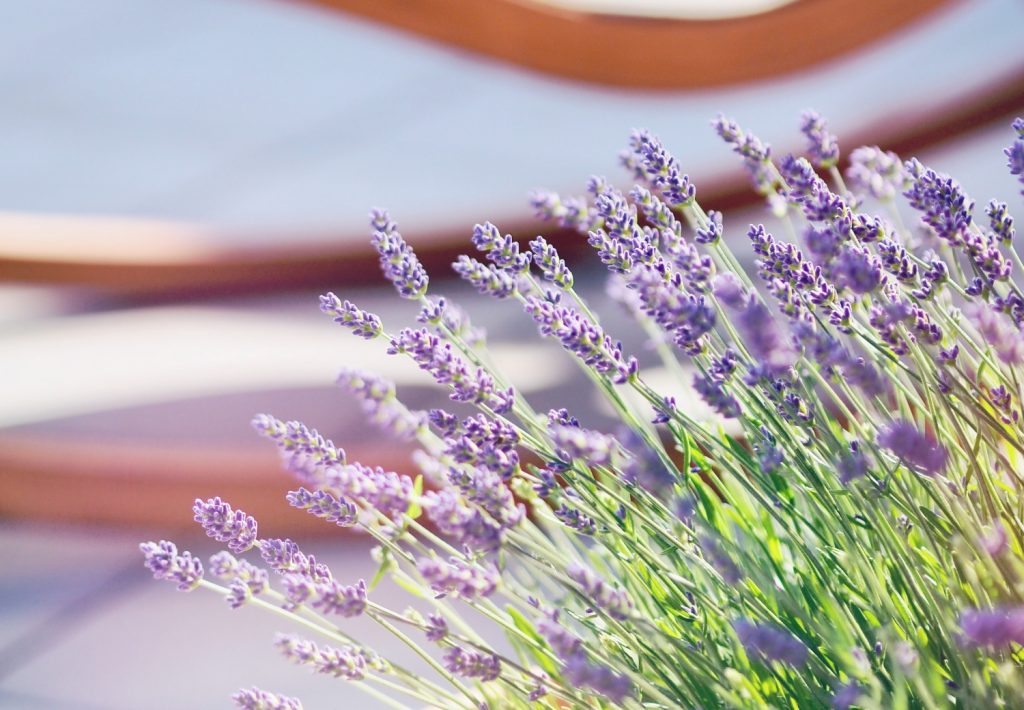
Can you grow French lavender in pots?
Thanks to its size, French lavender works well as an accent shrub for flower beds and landscaping. When spaced correctly, it can also be used to create an informal hedge. But, if you haven’t got much room to work with, you can grow your French lavender in pots.
Large varieties of French lavender should be grown in equally large containers, like those designed for fruit trees. Dwarf varieties, such as “Blue Cushion” and “Lambikins”, are ideal for small containers, including window boxes. Use our homemade lavender potting soil mix, and make sure the container you choose has holes in the bottom for drainage.
When does French lavender bloom?
In warm climates with mild winters, French lavender can bloom year-round. But if your growing zone sees frosty winters, then your lavender will go dormant over the cold months and flower in spring and fall.
French lavender is a profuse bloomer, creating dozens of purple flowers at a time. Like all lavenders, French lavender is a hit with pollinators, especially bumblebees, who favor the plant’s nectar-rich buds.
How much and how often your French lavender blooms depends on several factors. If your lavender doesn’t get enough sunlight or if it’s planted in less than favorable soil, this can hinder flower production. Nutrient deficiencies caused by incorrect soil pH and incorrect pruning techniques can also contribute to poor flower production.
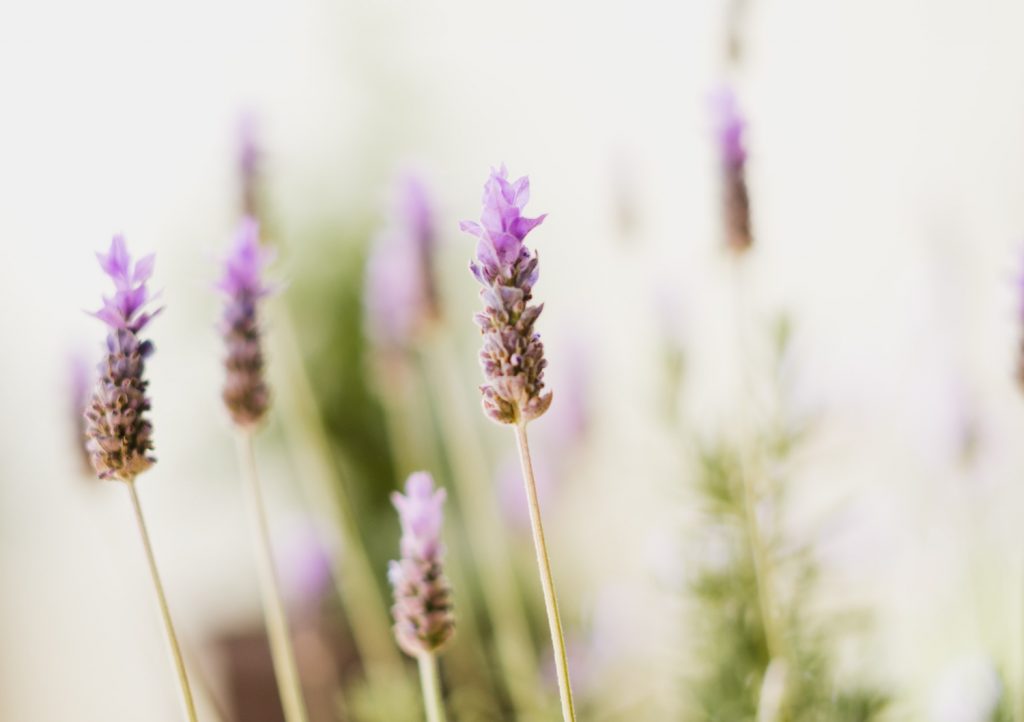
Should you feed your French lavender?
All varieties of lavender, Spanish, English, and French, thrive in nutrient-deficient soils. While your French lavender may benefit from a small dose of compost in the spring to prevent soil compaction and to prepare for blooming, it’s not necessary to feed them commercial plant food. Excessive nitrogen from fertilizer causes French lavender to grow leggy. The foliage may also turn yellow and fall off as a result of nitrogen burn. Overall, French lavender does not benefit from regular feeding, so save your MiracleGro for the hydrangeas, azaleas, and roses in your garden, instead.
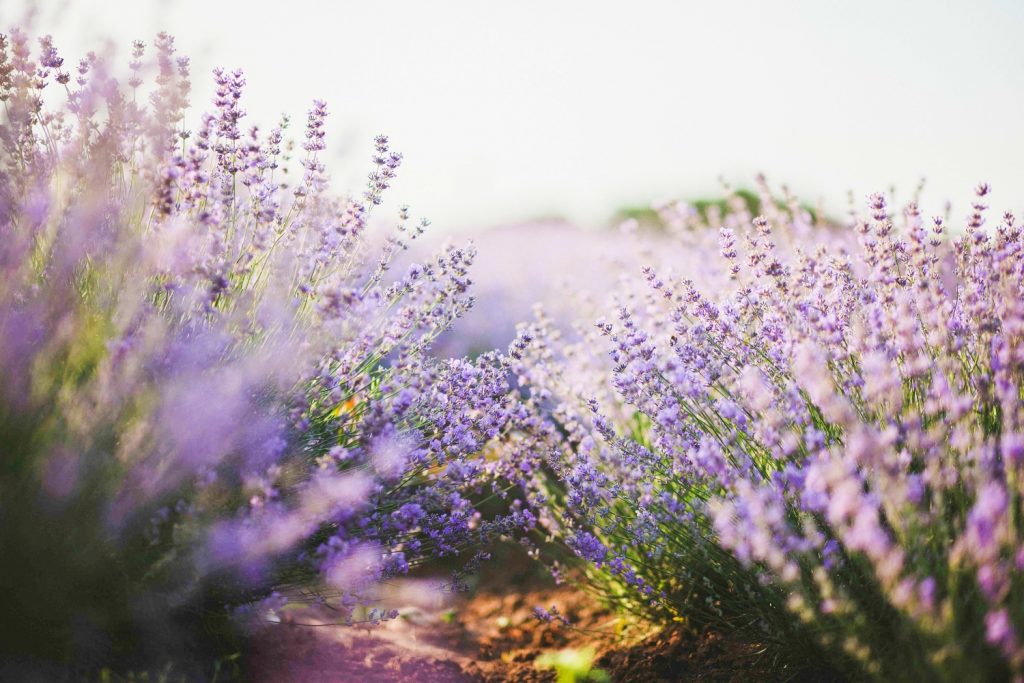
When is the best time to prune French lavender?
Your French lavender will benefit from annual pruning. Thinning the branches stimulates new growth, and it also improves air circulation to keep the foliage dry. It’s important to prune your French lavender at the correct time to promote flower production.
For best results, trim your lavender back in early spring or late fall. Remove broken branches and deformed stems. Use this opportunity to shape the plant to prevent it from becoming leggy or spindly, but don’t go overboard. Never remove more than a third of the plant at a time.
Annual pruning should be done before or after the flowering period, however, regular deadheading can stimulate new buds. It’s also safe to remove obviously dead growth, regardless of the time of year. Avoid over-pruning the woody stems as lavender cannot regenerate old growth easily, and removing too much can kill the plant.
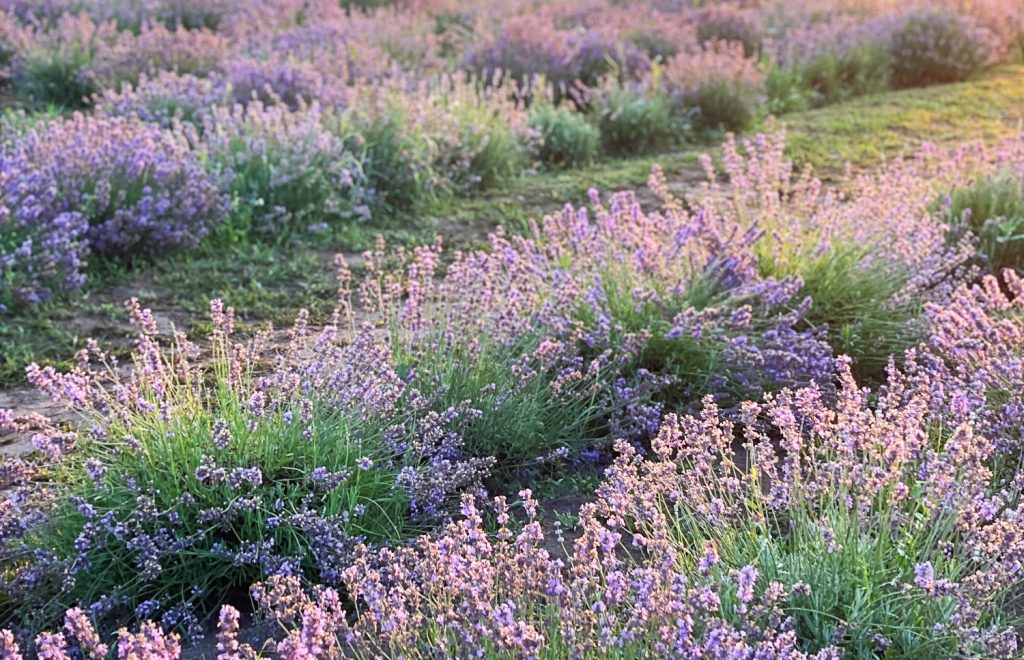
When can you harvest French lavender?
When you harvest your French lavender depends on how you plan to use it. If you want to use the leaves in teas, baked goods, and other culinary treats, then you can harvest a few sprigs from your lavender whenever you want — just remember not to take too much, since this can stunt the plant’s growth.
If you’d rather have the flowers, you can harvest them at any time during the blooming period. Trimming the flowers right after they bloom maximizes essential oil content. If you intend to use the plant for its fragrance, this is the best time to harvest the buds. But harvesting the flowers a bit later gives local pollinators a chance to feed on the nectar, first. If you plan on using your lavender flowers for decorative purposes only, older flowers will work just fine.
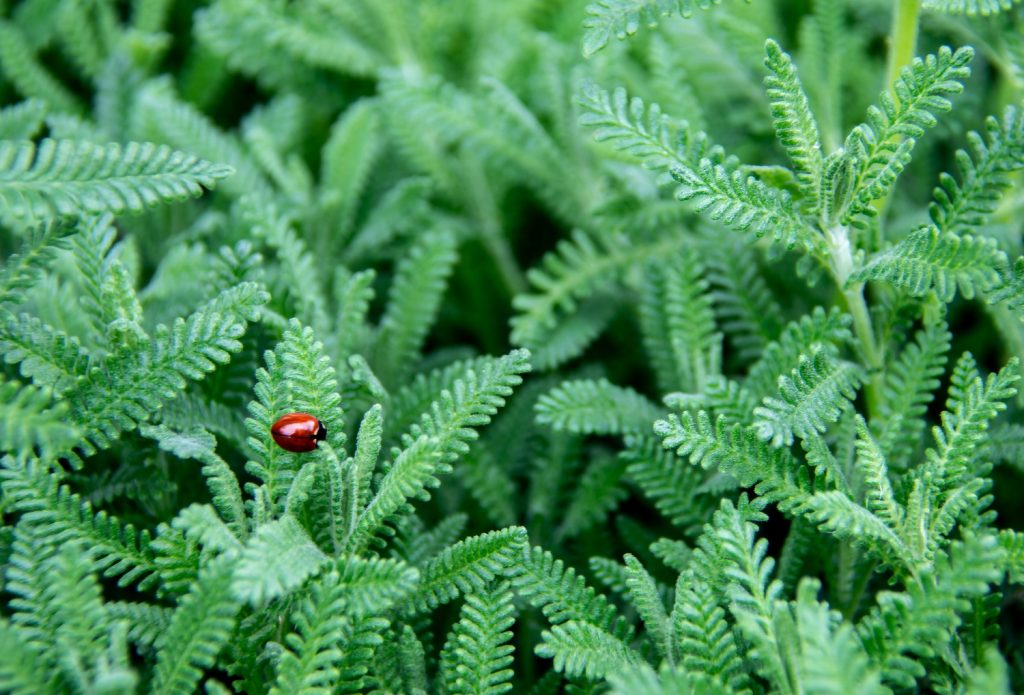
How should you harvest French lavender?
Use sharp scissors to cut fresh sprigs of lavender 4 to 6 inches in length, leaving several pairs of leaves beneath the sprig. As with pruning, you should avoid removing the older woody growth. Look for tender new leaves. These are easier for the plant to regenerate, plus they taste sweeter than more mature foliage. Remember not to harvest more than a third of the plant at once.
To harvest flowers, trim the stems just above the leaf node. Only gather a handful of flowers at a time so the plant will continue to bloom. Be careful when harvesting French lavender flowers. You don’t want to damage the plant’s foliage while trimming the blooms away.
Whether you’re harvesting flowers or foliage, it’s best to gather your lavender in the morning. This is when the oil concentrations peak so you get the best cuttings possible. Choose flowers that still have half of their buds closed. Because each flower blooms at a different rate, consider harvesting the flowers over the course of a few days.
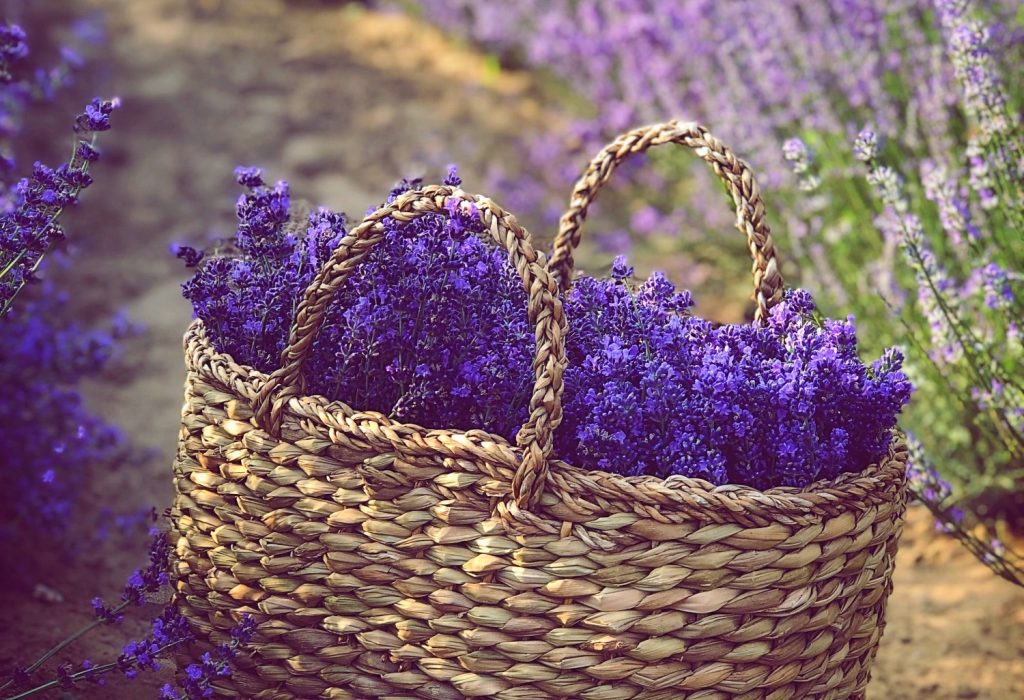
How should you store French lavender sprigs?
If you want to use fresh French lavender in your cooking, spread the sprigs out on a paper towel in a plastic container, and store them in the produce drawer of your refrigerator. The sprigs will last for up to 7 days. Rather than washing them before you store them, wash each sprig as you go so they stay crisp longer.
To dry lavender leaves, wash the sprigs in cold water, then spread them out on a tea towel to air dry overnight. Once they’re thoroughly dry, gather them in bundles and tie them together with twine. Hang the lavender sprigs in a cool dark place for two to four weeks, until you can remove the leaves from the stems by rubbing them with your fingertips.
If you want to accelerate the drying process, try adding your lavender sprigs to a dehydrator. Place the sprigs on the dehydrator tray, set it to 85 to 100 degrees Fahrenheit, and allow the leaves to dry for two to three hours. Once your lavender leaves are dry, store them in a glass container in a cool, dark place.
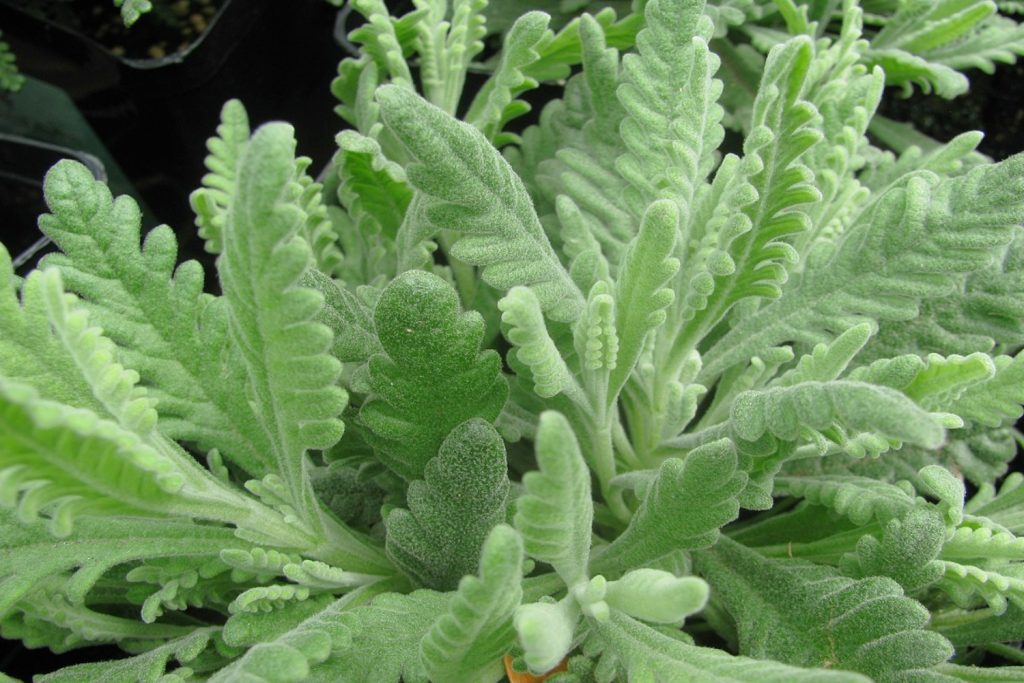
How should you store French lavender flowers?
Traditionally, French lavender flowers are stored dry. Allowing the flowers to dry out concentrates the essential oils, giving them a more potent flavor and fragrance. But fresh lavender flowers can be just as tasty! Store your fresh lavender flowers in a plastic container lined with a paper towel in the refrigerator for up to 7 days. The sooner you use them, the better since they don’t store very well. Gently rinse the flowers as you go so they don’t get limp and mushy.
To dry your French lavender flowers, gather them in small bundles and tie them with twine. Cover the bunches with a brown paper bag with a few air holes poked in it. That way, if any flower buds come loose, the bag will catch them and they won’t scatter all over. Hang the bunches to dry in a cool dark place for two to four weeks.
You can also dry the flowers out in a dehydrator. Spread the flowers into a single layer, and leave them at 85 to 100 degrees for two or three hours. Once your lavender flowers are dry, store them in a plastic freezer bag or glass jar.
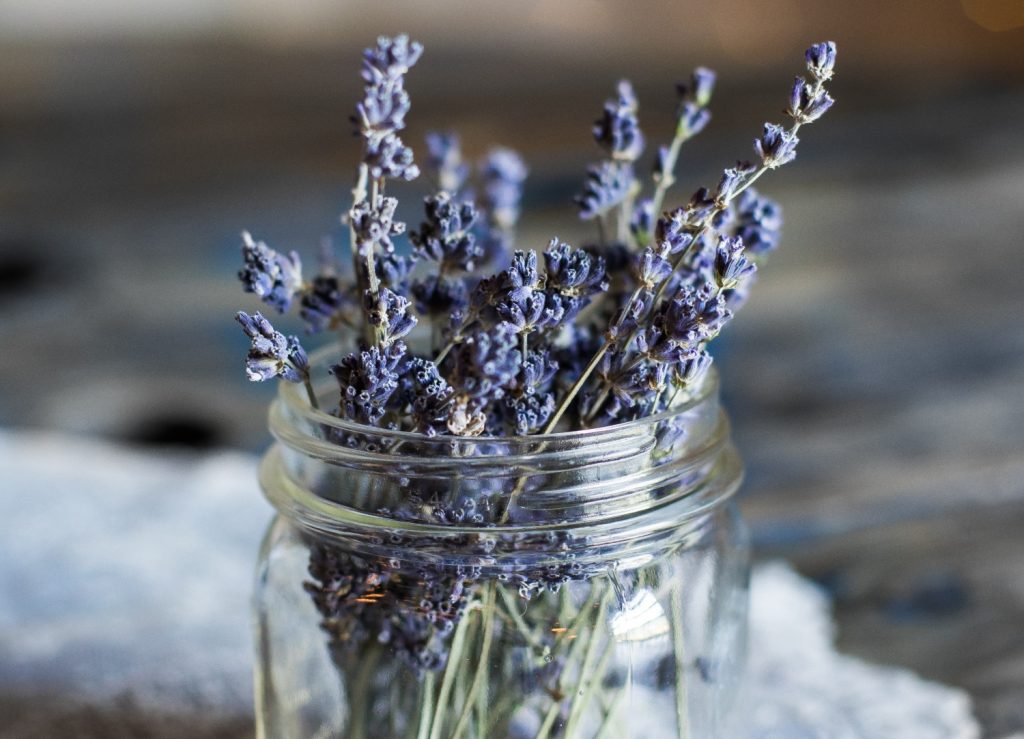
What can you use French lavender for?
Dried lavender flowers and leaves can be used much like dried rose petals. The blossoms make a delicious tea, especially when steeped with orange peel or vanilla bean. You can also use dried lavender to create homemade soaps, potpourris, and decorative floral arrangements. Dried lavender is also ideal for use in cooking. Lavender’s subtle flavor is delicious when paired with lemon, rosewater, and even caramel.
Fresh lavender can be used in cooking and baking as well. Fresh lavender sprigs are the perfect addition to honey-based sauces for meats, and the flowers are ideal for shortbreads and tea biscuits. Many chefs candy the fresh lavender flowers and use them to decorate pastries and other sweet treats. Lavender is incredibly versatile in the garden and the kitchen. With a little imagination, the options are endless!
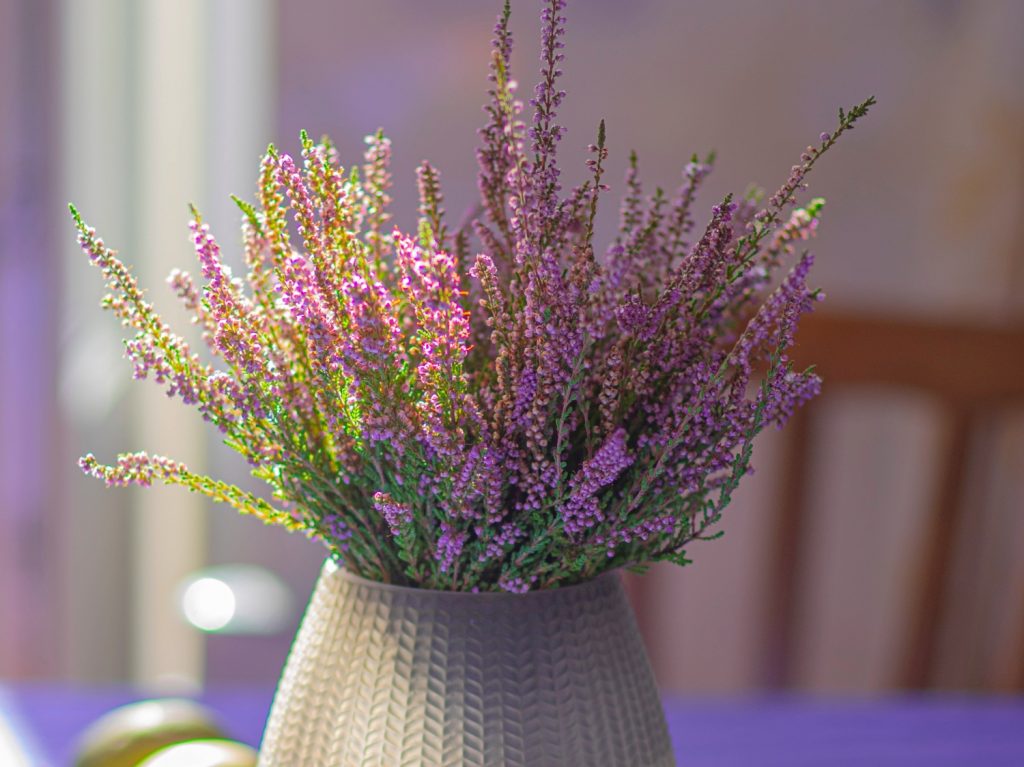
How can you make French lavender essential oils at home?
French lavender isn’t as fragrant as English or Spanish varieties. But if you’re sensitive to smells, this can actually be a good thing. French lavender essential oil is much milder by comparison, with a gentle, unobtrusive fragrance that goes well with fragrances
To make your own French lavender essential oil, add two to four tablespoons of dried flower buds to a jar and use a spoon to gently crush them against the side. This will help release the oils. Next, cover the buds in two inches of mild-scented oil, like almond oil. Finally, screw the cap onto the jar and place it in a warm, sunny location. After a few days, you’ll begin to notice a definite lavender scent from the oil. Allow the jar to sit for three to six weeks so the essential oils can release fully. When your essential oil is ready, strain the buds out and store the oil in a glass jar in a cool, dark place.
Lavender oil has many health benefits. It’s been used for decades to treat minor ailments. It soothes and treats acne, eases stress, and promotes sleep. Because lavender oil possesses antibacterial and antifungal properties, it can also be used as a home remedy for dandruff and athlete’s foot.
How should you care for your French lavender over the winter?
In temperate climates, French lavender is evergreen. If your ecoregion never goes below freezing, then you won’t need to take any extraordinary measures to keep your French lavender alive during this time. But if your region experiences harsh freezes over the winter, you’ll need to protect your French lavender to keep it alive until the next growing season.
Move potted French lavender indoors during the winter months. It’s safe to move the plants out onto a sunny patio or porch when the weather is warm enough. But move them back indoors when the air gets frosty. Keep the plants in a sunny room where they can get plenty of light. Make sure the room has good ventilation. If it gets too humid, your lavender may develop powdery mildew.
If your lavender is growing in the ground, cover it with a packing blanket and a tarp when the mercury dips below freezing. Always uncover the plants when the weather warms back up. French lavender needs protection from the cold, but leaving them covered all winter long can make the air too humid for them.
French lavender is more tolerant of cold temperatures than Spanish lavender, that’s true. But it still needs some help staying warm during the winter. You’ll need to be proactive when it comes to helping these plants through the cold months. Keep an eye on the weather forecast from early fall to late spring and cover the plants when frosts are likely. You should also avoid watering your lavender during this time. Lavender’s moisture requirements go way down during the winter, and any excess hydration can leave them vulnerable to root rot.
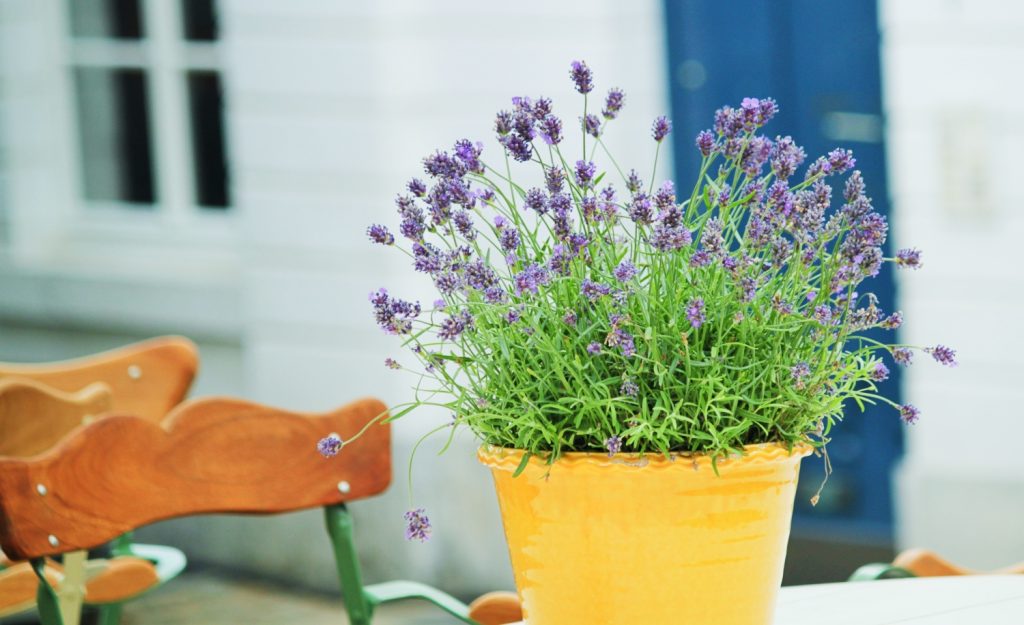
How long does French lavender live?
French lavender has an average lifespan of about 5 years. Plants live longer when their basic growing needs are met and they receive regular care, including deadheading and annual pruning. However, even when left completely to its own devices, if your French lavender’s soil, sun, and water requirements are met, it can thrive for just as long.
Because French lavender has a relatively short lifespan, especially compared to English lavender, which can live upwards of 15 years, many gardeners stagger the plants over the course of several seasons to get steady growth. For instance, if you have a lavender hedge, adding new plants every other year will allow young growth to fill in as older plants die off.
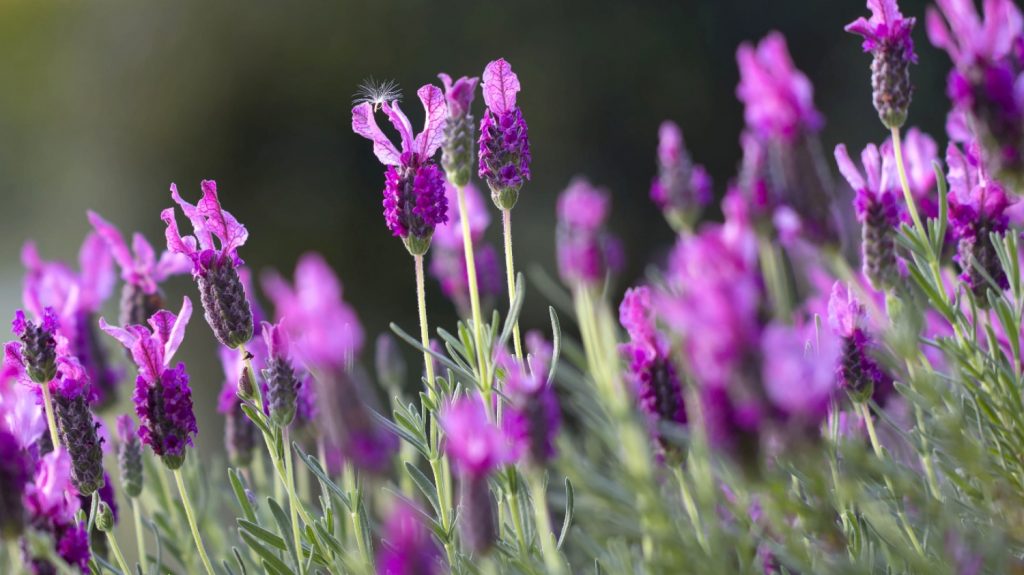
What’s the best way to propagate French lavender?
The best way to propagate French lavender is by taking cuttings rather than starting them from seed. It’s best to propagate French lavender from cuttings in the summer when the sprigs are most likely to take root.
Choose young side shoots to take for your cuttings. Grasp the side shoot gently between your fingers and pry it away from the main stem. Ideally, the shoot should have a heel on the broken end. That extra nub of bark is what allows the shoot to make new roots.
Next, remove the lower leaves of the sprig, dip the end in rooting hormone, and place it in a pot filled with sand-based potting soil. Situate the cuttings along the outer edge of the pot so you can start multiple plants at once. Make sure the entire stem is covered with dirt so that the first set of leaves on the sprig is at soil level.
Place the pot in a warm space in indirect sunlight. Keep the plant’s soil moist to the touch, but not muddy. Lavender cuttings typically take four to six weeks to root. When the sprigs have grown an inch or two, you can move them to new pots or to their permanent spot in your garden. Follow our guide to transplanting to maximize the cuttings’ chances of survival.
Tips for growing the best French lavender possible
Caring for your French lavender isn’t complicated. Keep the plants in full sun and in sandy, well-draining soil. Water them sparingly and make sure they have good air circulation. Annual pruning and regular deadheading will be enough to encourage your French lavender to bloom.
Overall, French lavender is a hardy variety, perfect for warm, dry regions. Meeting your French lavender’s basic needs is all you need to do to keep this plant happy and healthy.
